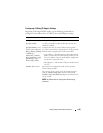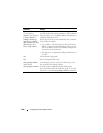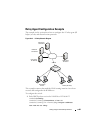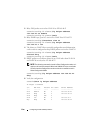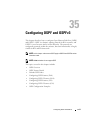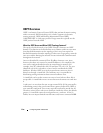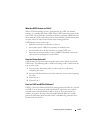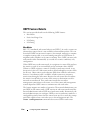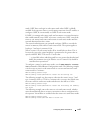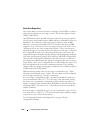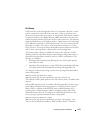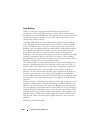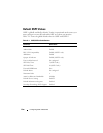
Configuring OSPF and OSPFv3 1115
mode. OSPF does not begin in stub router mode when OSPF is globally
enabled. If the operator wants to avoid routing transients when he enables or
configures OSPF, he can manually set OSPF in stub router mode.
If OSPF is in startup stub router mode and encounters a resource limitation
that would normally cause OSPF to become a stub router, OSPF cancels the
timer to exit startup stub router and remains in stub router mode until the
network administrator takes action.
The network administrator can optionally configure OSPF to override the
metric in summary LSAs while in stub router mode. The option applies to
both type 3 and type 4 summary LSAs.
When a router is in stub router mode, all its virtual links are down. This is
because the cost to the virtual neighbor is guaranteed to be greater than or
equal to 0xFFFF. RFC 2328 section 15 states that:
“...a virtual link whose underlying path has cost greater than hexadecimal
0xffff (the maximum size of an interface cost in a router-LSA) should be
considered non-operational.”
To configure a router for stub router mode, use the max-metric router-
lsa command in Global Router Configuration mode. The following example
sets the router to start in stub router mode on a restart and remain in stub
router mode for 5 minutes:
ABR-R0(config)#router ospf
ABR-R0(config-router)#max-metric router-lsa on-startup 300
The following example sets the router to advertise the metric in type 3 and
type 4 summary LSAs as 32768 for 5 minutes after a restart, after which time
the router will exit stub router mode and advertise the full set of LSAs:
ABR-R0(config)#router ospf
ABR-R0(config-router)#max-metric router-lsa on-startup 300 summary-
lsa 32768
The following example causes the router to exit stub router mode, whether
entered automatically due to resource constraints or due to configuration by
the operator. Virtual links are enabled when the router exits stub router mode.
ABR-R0(config)#router ospf
ABR-R0(config-router)#no max-metric router-lsa



